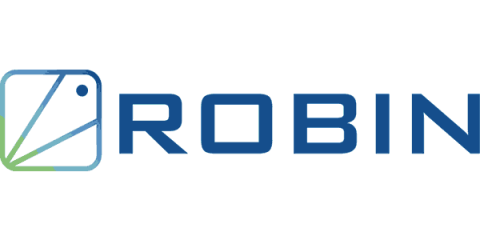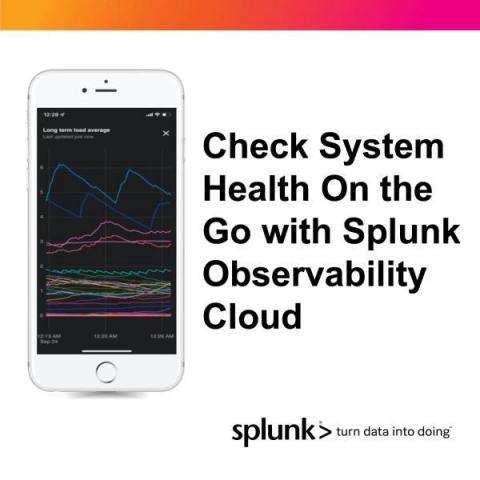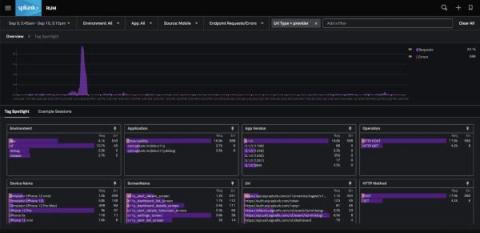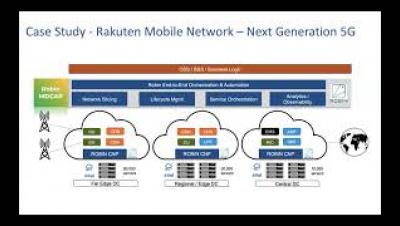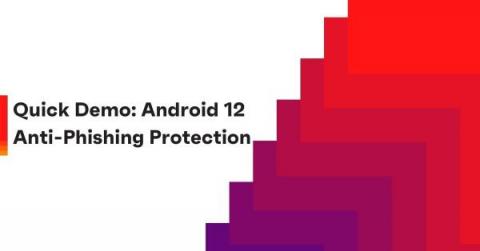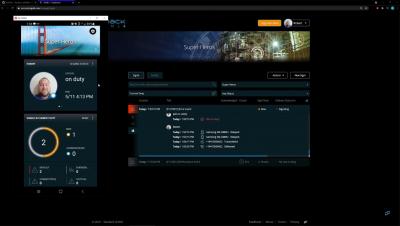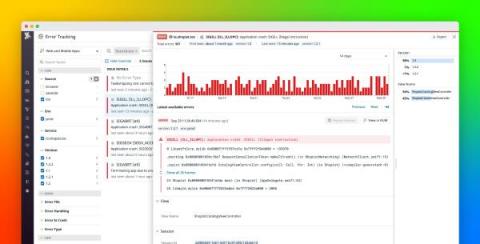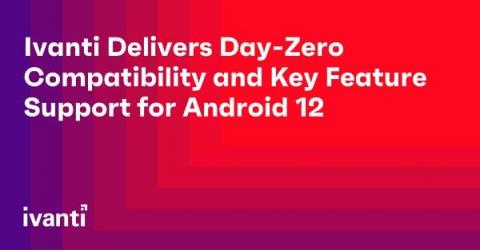Operations | Monitoring | ITSM | DevOps | Cloud
October 2021
How to Debug, Update & Monitor Embedded Android Devices
Catchpoint Ushers In A New Era Of Visibility With The Addition Of 5G Mobile Edge Nodes
From its inception, Catchpoint has been a pioneer in terms of observability and its ability to deep scan infrastructures and protocols that bind the Internet. Our industry-leading observers gather in-depth data, providing the broadest coverage across wireless, cloud, backbone, and last mile networks. That data arms people across the enterprise with the information they need to provide a superior digital experience.
Robin.io and StorCentric Announce Hyperconverged Cloud-Native Solutions for VM-as-a-Service and Virtual Desktops with Lower Cost, Faster Provisioning Than Public Cloud
Check System Health on the Go with Splunk Observability Cloud For Mobile
With the demand to meet service level agreements (SLAs), any on-call SRE can tell you that incidents always happen at the wrong time. Things break when you least expect them to (on a date, about to beat a new level in a video game, pizza delivery just arrived, asleep at 3am). During these inopportune moments, you want to make sure it's easy to get the data you need, no matter which device is nearby.
Is Kubernetes the answer to the challenges in Multi-access Edge Computing - or is there more to this equation?
The market for Multi-access Edge Computing (MEC) is pegged at $4.25 billion in 2025. The reasons are many – from the recent surge in AR/VR gaming, to a growing preference for video calling and Ultra-High-Definition, and of course, the Internet of Things (IoT) that spawn SmartX applications, including cities, manufacturing, agriculture, and logistics. The majority of MEC opportunity is both driving and driven by 5G, and the two will grow hand-in-hand in the days to come.
Announcing the General Availability of Splunk Mobile RUM for Native Mobile Apps
As the world increasingly works, buys, and communicates through native mobile apps. In 2020 there were 218 billion new app installs globally, 13.4 billion from the US alone. The challenge, while iOS and Android applications make up significant portions of user traffic and business, engineering teams and monitoring tools are split between mobile app and backend developers; this creates siloed visibility on how changes to the app or backend components impact each other, and end user experience.
Robin.io and AirHop Announce Strategic Partnership to Modernize Open RAN Solutions for 4G/5G Networks
Building out the Open RAN ecosystem for end-to-end cloud structure deployments at scale
Demystifying the complexity of cloud-native 5G network functions deployment using Robin CNP
Designing Open RAN Platforms
Designing Modern 5G and 4G Core Platforms
Silicon Valley Tech Start-up consortium will accelerate Edge monetisation
Quick Demo: Android 12 Anti-Phishing Protection
This month is Cybersecurity Awareness Month and at Ivanti we want you to be #BeCyberSmart. We’re focusing on this week’s theme of phishing. In this short video, James Saturnio, Senior Lead Technical Market Advisor at Ivanti, shows the power of Ivanti’s Mobile Threat Defense (MTD) multiple-layered anti-phishing protection to block 10 random phishing URLs from the OpenPhish feed.
Signl4 and Dynatrace 2 way integration
Debug iOS crashes efficiently with Datadog RUM
Unsurprisingly, application crashes due to fatal errors can be a major pain point for iOS users. Recent research shows that roughly 20 percent of mobile application uninstalls were due to crashes or other code errors. As a developer, it’s paramount to manage this potential churn by capturing comprehensive crash data in order to track, triage, and debug recurring issues in your iOS apps.
Ivanti Delivers Day-Zero Compatibility and Key Feature Support for Android 12
Here at Ivanti, we are excited about Android 12. I’m pleased to share that we offer day-zero compatibility and key feature support across the Ivanti product portfolio for the new features built into Google’s updated OSs. Android 12 brings plenty of new things to see and experience with a combination of security and privacy.





